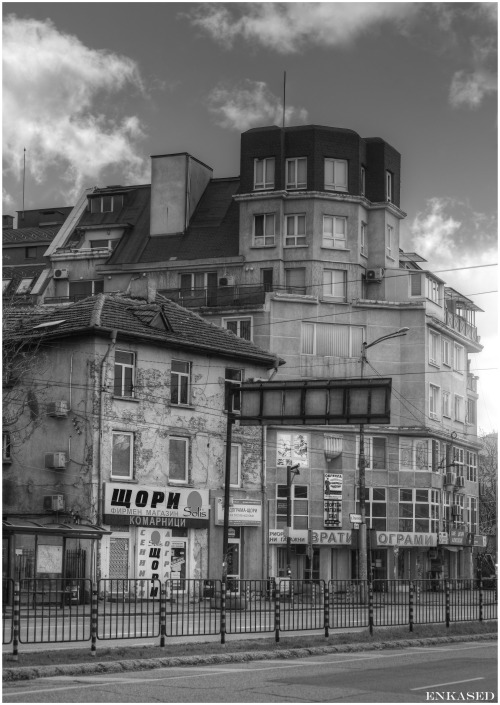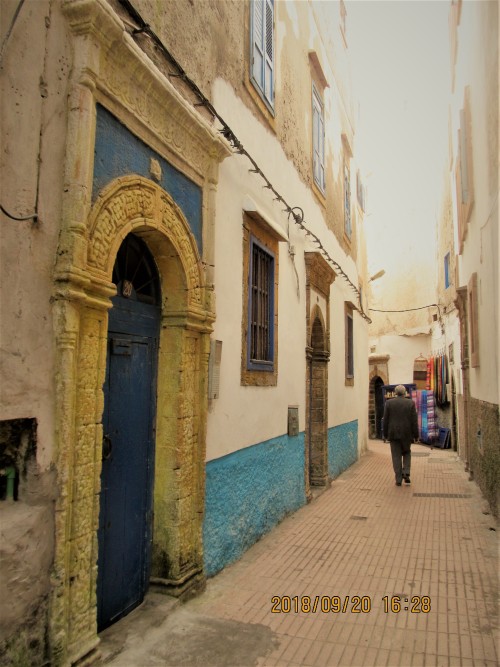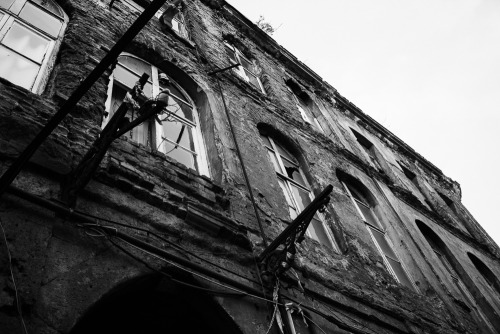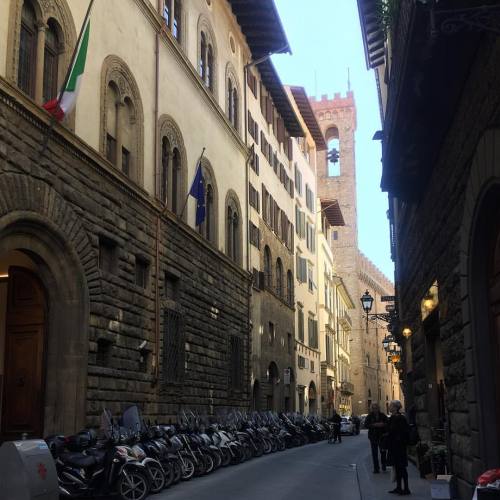#historic








Justice Ketanji Brown Jackson on becoming the first Black Woman ever appointed to the U.S. Supreme Court!!!
Confirmed 53-47! April 7th, 2022

Valentine’s Day 30 years ago, one of the most iconic photos of the Voyager mission was taken, known as the “Pale Blue Dot”.
For its 30th anniversary NASA JPL has used modern processing techniques to remaster the image. ✨
Merry Christmas Star Sailors
Today, I’m going to be recreating a recipe for a German apple pie from the Registrum Coquine - the contents of which are suited for a middle-class palette of medieval European world
In any case, let’s now take a look at The World That Was! Follow along with my YouTube video, above! Consider supporting me on Patreon if you like my recipes!
Ingredients
6 apples
2 cups flour
water
butter (or oil)
ground cinnamon
ground nutmeg
cloves (either whole or ground)
honey (if the apples are too tart)
Method
1 - Peel and Chop Apples
To begin making an apple pie, we need apples. Though the original recipe doesn’t state any particular apples, tart apples tend to make the best filling. Peel your apples, and chop them into fairly evenly-sized chunks so they cook evenly. I found that about 6 apples suited a pie fit for about four people.
2 - Prepare the Filling
When your apples are chopped, go toss some butter (or oil) into a pot, and let it melt. When it’s foaming, toss in your freshly-grated nutmeg, cinnamon, and a few cloves, and stir them around so they’re all covered in hot butter. You can, of course, crush your cloves, but I enjoy the sensation of biting into a whole clove - it’s up to you!
When your spices have cooked a little, toss in your chopped apples! Stir everything around so they’re all covered in butter and let it all cook away over a medium heat for a few minutes - until they soften and turn golden. At this point, take them off the heat and let them rest while you make your dough.
3 - Make Pie Dough
Since the original recipe assumes people know how to do this, we’re going to be using a cup or two of plain flour mixed with a little water. Add it little by little until it comes together into a cohesive dough. Knead this together until it’s smooth, and roll out using a rolling pin. Do this twice - once for the base of the pie, and twice for the lid. Roll the dough out fairly thin, as the whole pie won’t be baked for too long.
Pour some olive oil (or butter) into a pie dish, and stretch your pie dough over it, tamping it down with your knuckles into the corners.
4 - Assemble Pie
Pour the cooked apples into your pie dish, spreading it out evenly. When this is done, place your other circle of dough over the top. Crimp the edges of the two discs of dough together - it doesn’t matter if it doesn’t look too pretty! It’ll bake wonderfully, and taste delicious either way!
When your pie is ready, toss the whole thing into the centre of an oven preheated to about 180°C/356°F for about 25 minutes!
When the pie is done, take it out of the oven to cool down to room temperature before dividing up and digging in! Drizzle some honey over the slice you’re eating to really amplify it’s texture!
The finished pie is delicious and sweet, the spices forming a lovely warming sensation with each bite. The texture of the cooked apples is practically melt-in-your-mouth, and contrasts with the pie crust! As a side note, the pie crust itself - once cool - is rather tough. However the crust on the base of the pie is soaked in the juice from the apples during the cooking process, and is a much more palatable part of the pie. If I were to make this again, I’d either omit the top lid of the pie, or remove it before serving.

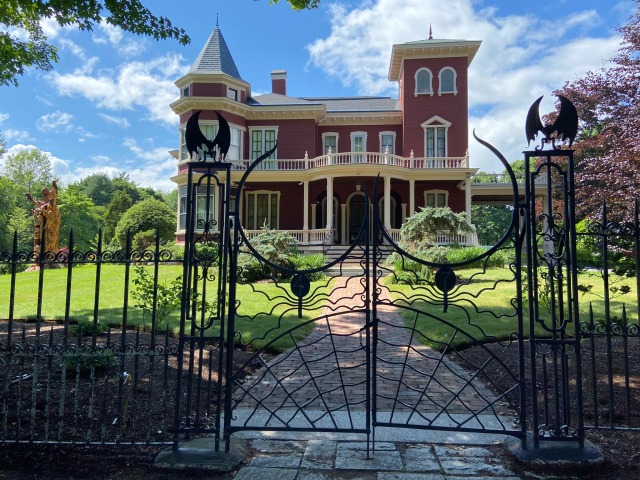
Stephen King’s home in Bangor, Maine
My birthday is coming up next week and I’m turning 23, still young but also one year closer to hag, haha. Still have much to learn, but I’ve already learned alot.
We’re currently living in strange times, as we all know. We need to learn from this and realize that we can’t control some things and this world. We need to stop living in our own bubbles and look around and think deeper.
I’m leaving for the countryside tomorrow and I’ll probably stay there until the situation has calmed down. I rather isolate myself among trees, fields and sea than in the city where I already feel trapt in general. I can go out without being around people, hike, photograph, spend time with my dear mother and hopefully get some better focus on my studies.
All I want for my birthday is nature, fresh air, peace and good health.
I hope you’re all doing well out there around the world and stays safe
Post link

These beautiful golden sword details really caught my eye first time I saw them.
All three are findings from Sweden and are dated do the migrationperiod (400-550 AD). Sword pommel found in Skurup, Skåne. The sword mouth in the middle was found in Backa, Bohuslän and the other one in Mellby, Västergötland.
Can’t get enough of all these beautiful golden ornamented objects from this period.

The Horned One
.
.
Photo taken during the Heilung concert in Copenhagen last year.

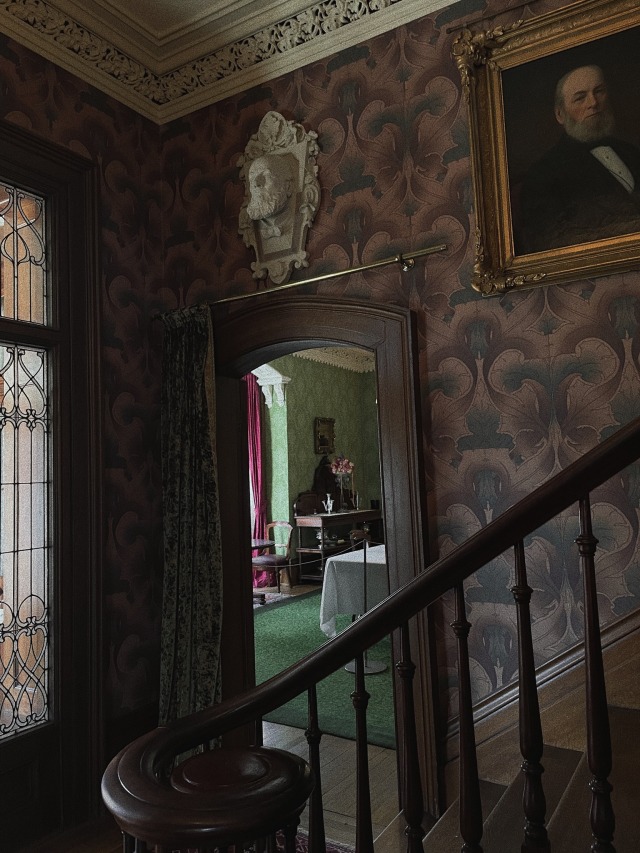






maximalist interiors

Theodosian Walls of Constantinople
Walls south of the Xylokerkos Gate / Belgrad Kapısı
Source:https://nomadicniko.com/
Charming #Hollywood #wedding #loveisinthedetailsed #weddingplanner #historic (at Joseph Wesley Young Mansion)
Post link
Walking around or taking pictures, I can’t see the difference anymore
#pictures #photography #amazing #beautiful #historic #travel #travelgram #traveler #trip #vacances #holiday #igers #igersoftheday #igersitalia #igerstoscana #igersflorence #street #streetphotography #streetphoto #architecture #architecturelovers #bbctravel #bargello #museum #art #bluesky #walkingaround #pictures #photography (at Florence, Italy)
Post link
I’m completely obsessed with Ian Mortimer’s The Time Traveler’s Guide to Medieval England (Simon & Schuster, 2008). This book is immaculately researched and just darn good reading. Not dry in the least. Today I’ll share some information on women’s dress, 1300 - 1400.
In the early part of the 14th century, women and men dressed similarly. Tunics hung from the shoulders. Necklines and skirt lengths varied between the sexes, but that was about it. There was no emphasizing of waist, breasts or hips (note the dress on the left of the graphic) in women’s dress. In fact, married women who wore circlets, hoods, or hats with wimples covering the sides and bottom of their faces basically only showed face and finger tips.
By the end of the century, oh how things changed! Buttons became more popular in the 1330s (what a gift!) so that sleeves could then be more easily fitted. Before that, if you wanted fitted sleeves you needed to be sewn into them. Obviously, that didn’t work for the laboring classes, just for the aristocratic ladies who had someone to stitch them in every day.
What’s interesting about this time period is that it was the men who became more objectified in their dress. Tunics rose up and up - even up to the hips for some of the more fashion forward. By 1400, they displayed their tights and began to pack their hose. (Men also wore those foolishly long and pointed shoes. Women cleverly skipped that trend. ;>)
Women stayed covered up. Arms and legs were never shown in public. Married women also covered their heads and necks with headdresses. However, by mid-century women wore lower necklines and sometimes even exposed their shoulders (gasp!).
Women continued to wear a long shift as their primary garment; however, by mid-century one could appear more alluring by wearing an over-tunic more fitted to breasts, waist and hips. (See center picture.) Golden and jeweled belts began to be worn.
By the end of the century, long and flowing dresses of red and purple with embroidery, trimmed with jewels or gold brocade, are quite common for the wealthy (yes, as always, it’s good to be rich). Over this, they could wear a short bodice of contrasting color. A very popular look was a blue tunic with a yellow or golden short bodice over top. Or a green tunic with red over top.
Fascinating, yes?
Post link



